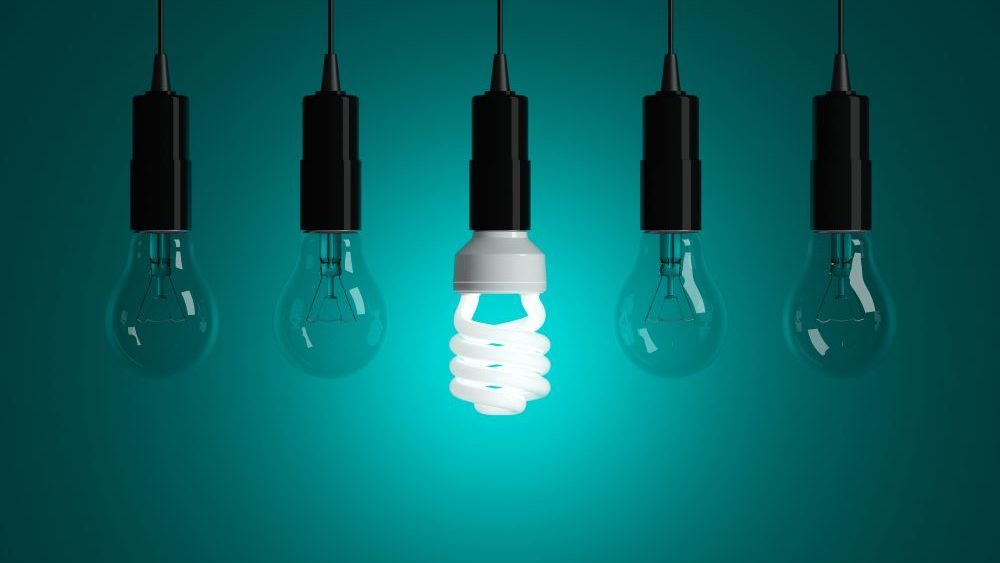We’ve all seen the blue Energy Star logos on appliances, windows and even electronics, but what do they mean?
Origins and purpose. The Energy Star program was launched in 1992 as a joint program of the Environmental Protection Agency and the U.S. Department of Energy. Energy Star encourages development of technology that reduces energy costs and greenhouse emissions. Its initial target was to improve energy efficiency of computers, servers and printers, but was eventually expanded to encompass more than fifty products. It has been so successful that its standards have been adopted by the governments of other nations, thus making the Energy Star logo the international label for tested, energy-efficient products.
What it means and how products earn it. The Energy Star rating means that a product has been tested by government officials and found to offer energy savings consistent with specifications set forth by the EPA for that product. Generally, an Energy Star rated product saves 20 percent or more than minimum standards for that product. It must provide measurable energy savings without compromising quality. Energy-efficient products that cost more must provide savings in a reasonable period of time. As improved technologies are developed, the Energy Star specifications are updated.
What kind of products are Energy Star rated? Virtually all information technology machines (computers, servers, printers, etc.) have stringent Energy Star standards, which are updated every few years.
Consumers are probably most familiar with Energy Star labeling on appliances. Virtually every home appliance category has Energy Star rated offerings. Besides the blue star logo, appliances feature a yellow sticker detailing energy usage savings per appliance model.
Heating and air conditioning units today offer significant savings over those manufactured even less than ten years ago. Related to HVAC equipment, home insulation, replacement windows and doors and roofing materials have Energy Star ratings. Entire homes plus many public and commercial buildings can be classified as Energy Star rated by implementing these standards throughout the structure.
Lighting has been revolutionized through Energy Star standards. Energy Star rated fluorescent bulbs use 75 percent less energy and last considerably longer than traditional incandescent bulbs. Light emitting diode or LED bulbs are even better, saving 75% in energy over fluorescent, with even longer lifetimes and LED bulbs produces almost no heat.
Homeowners benefit greatly by insisting on Energy Star building materials and methods as well by using Energy Star appliances. Learn more by going to www.energystar.gov.


